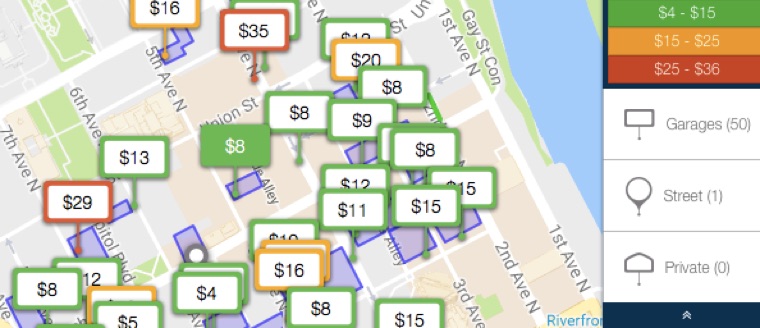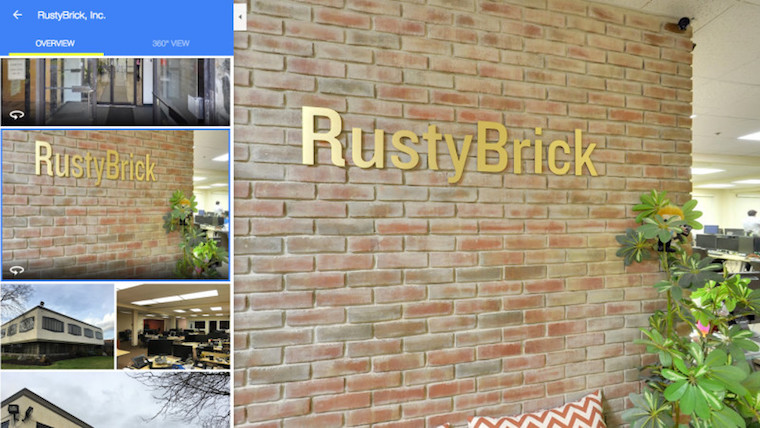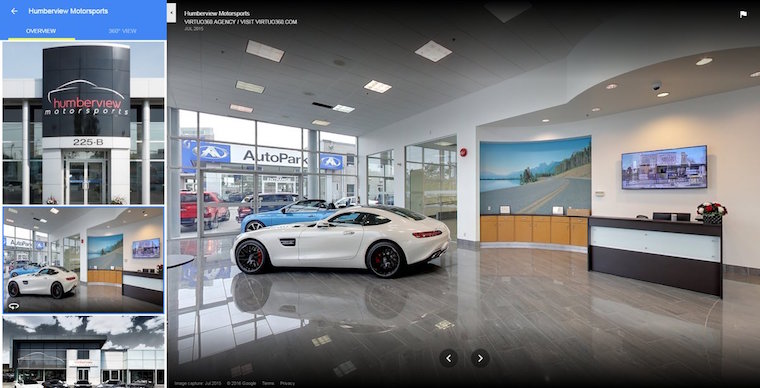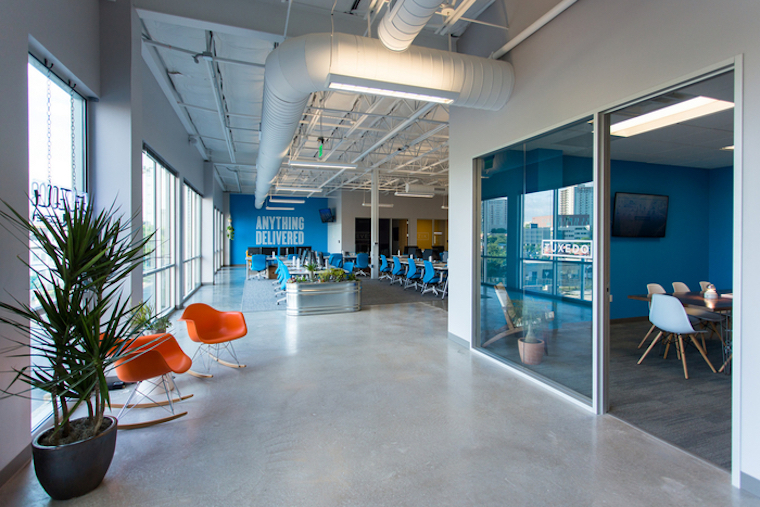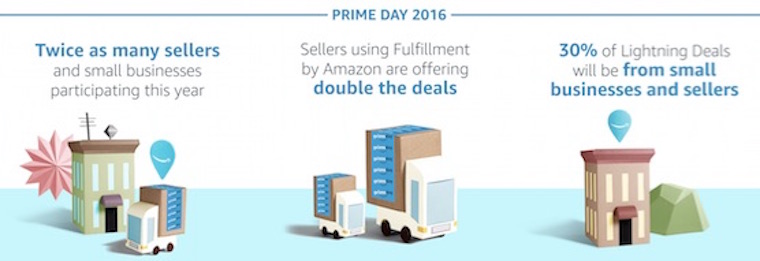Typically, our advice about online marketing involves building a relationship with your regular customers. However during the summer, lots of potential one-time customers may be coming within a few blocks or miles of your business who are looking for a business just like your's. Who are they? Summer vacationers jumping in their cars and heading to wherever the highway leads.
According to AAA, Americans are hitting the road for vacations in record numbers due to low gas prices (in some places, 50¢ less per gallon than last year). Even if your business is not typically a vacation destination, with so many vacationers on the road you should go ahead and take a few moments and do a few things that will attract to your business some of these road-warrior vacationers.

ThinkStock
By the Numbers | Summer Vacations
People are hitting the road
45 % | Percent of Americans who take a summer vacation
91 % | Percent of summer trips that are in personal vehicles
7 % | Percent of summer trips that are by air
2 % | Percent of summer trips that are by train or bus
284 miles (one-way) | Average distance traveled on a summer trip
Most popular destinations
45 % | Beach / Ocean
42 % | City
21 % | National Parks
17 % | Lake
14 % | Resort
Most popular summer vacation activities
54 % | Shopping
49 % | Visiting Historical Sights
49 % | Swimming / Water sports
46 % | Going to a Park or National Park
46 % | Sightseeing Tours
Most people plan their vacations like the Griswolds
While the savviest of vacationers buy all the travel books and map out hour-by-hour itineraries, most of us are like the Griswolds, the hilariously misfortunate family in National Lampoon's Vacation.
85% | Leisure travelers who don't decide on activities until after arriving at their destination
Most Popular Summer Days for Road Trips
59 % | Any week
37 % | Independence Day
29 % | Memorial Day
27 % | Labor Day
Sources | Trip Advisor, Equation Research, Harris Interactive, Money Crashers, Google
Via | StatisticBrain.com

ThinkStock
Tips for getting your business discovered by vacationers passing through town or visiting your city or town
Tip #1 | Vacationers do not live by food alone
Think of all the reasons people might want or need to pull off the highway and visit your town. They may be looking for a retail specialty shop, food market, or a hardware store, a wide range of eateries, an entertainment break. A recreational spot for kids to play and burn up some energy. A helpful mechanic can keep a trip from turning into a disaster. A key thing to remember: The vacationer will be using a mobile device and search for information from nearby.
Tip #2 | Update your business information on Google, Yelp and Trip Advisor
When people are passing through town, they will often use Google to look for a product or service they need. All of these users will be letting Google know their location, so your business will show up if it relates the user's search. Make sure the information on those listings are correct and up to date.
Google | If you haven't already, claim your Google business profile with Google My Business (More info …)
Yelp | If it's a restaurant (or all types of retail shops) they are seeking, Yelp.com will be another place they look. Claim your Yelp Business page here.
TripAdvisor | If they are staying a few hours or days in your tow, they will likely turn to Trip Advisor. Claim your TripAdvisor listing
Be sure to add summertime photos to your business profile. Travelers are often unfamiliar with their surroundings and photos help make it easier for people to see what your business has to offer. Need more convincing? Here's what Google says:
35% more clicks | Google business profile with photos vs. no photos
42% more requests for directions | Google business profiles with photos vs. no photos
About reviews
Yelp provides simple-to-understand guidelines about reviews in an article plainly labeled, “Don't Ask for Reviews.”
There is an important distinction between “Hey, write a review about me on Yelp,” [BAD] and “Hey, check us out on Yelp!” [GOOD]. The latter allows consumers to review your online reputation without feeling like they're being forced to write a review, Yelp advises. “To an established Yelp community user and reviewer, a mention of your Yelp presence can act like a dog-whistle prompting them to share their feedback about your business with fellow Yelpers.”
Tip #3 |Update your website with a welcome travelers message & promotion
Each of those travel-related search engines will have a link to your business website that many people will click. Make sure your website looks as inviting as your business is.
Tip #4 | Experiment with using highly targeted (by location) mobile ads on Google and Yelp.
| Information about advertising on Yelp
| Information about mobile advertising on Google
